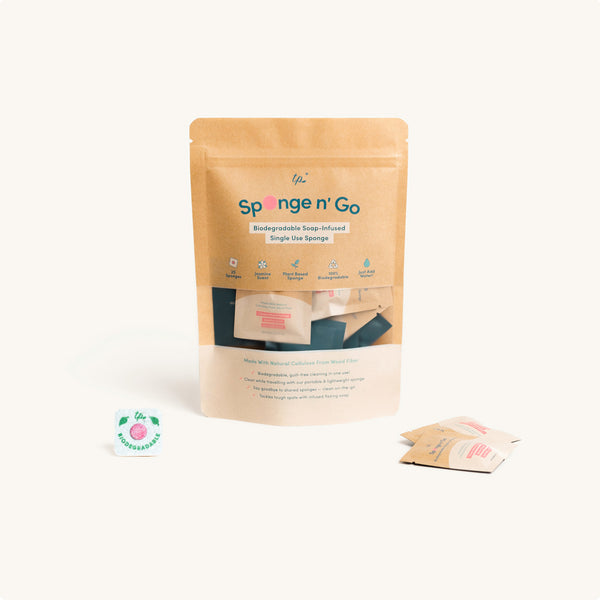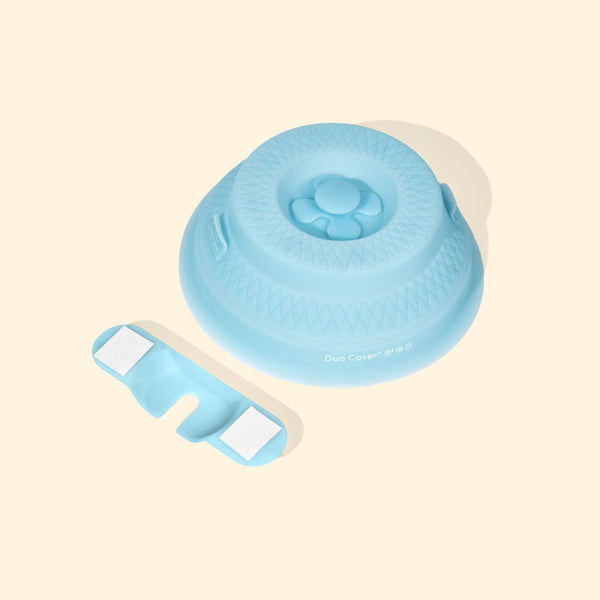A home fridge full of food is a satisfying sight. It means you won’t have to eat out or order in, both of which can be quite costly.
However, stocking up but not knowing where to store food in the fridge can lead to spoilage and food poisoning. This sort of defeats the purpose of saving money and choosing healthy food.
For a better life, you’ll need knowledge on food safety, fridge storage know-how, and some helpful kitchen gadgets and tips.
Food in the Refrigerator: What Goes in the Fridge?
Here is a list of foods that need to be refrigerated:
- Eggs
- Dairy products
- Meat, poultry, and seafood
- Salad greens and sprouts
- Cooked foods
- Jelly, ketchup, and other condiments
- Cut tomatoes and fruits
General Rules of Refrigeration
- Maintain proper temperature
Cool temperatures help to stop or slow down the breeding of harmful bacteria like E. coli, C. botulinum, and Salmonella. By simply keeping your fridge at the proper temperature, you are minimizing the risk of foodborne illnesses.
Your freezer should have a temperature of 0°F (-18°C) and the main refrigerator compartment should be at 40°F (4°C) or below.
To properly monitor your fridge temperature, regularly check the built-in thermometer in your fridge. If it doesn’t have one, it’s important to get an appliance thermometer to do this.
- 2-hour rule
Any food that needs to be refrigerated must not stay at room temperature for more than two hours. This applies to frozen foods, cooked meat, raw foods, eggs, and other perishable foods.
Even your takeout food and leftovers must be refrigerated within two hours if not consumed immediately.
During hot days with temperatures above 90° F, this two-hour rule is shortened to just one.
- Follow storage instructions
Practicing proper food storage in the refrigerator prevents food poisoning. Look for the instructions on the label or packaging.
If no instructions were printed, look it up on the internet.
- When in doubt, throw out
Even if the food doesn’t have a foul odor, mold growth, or discoloration, it may not be safe anymore. Refer to the storage duration of foods at the last part to know when to let go.
If the use-by date is not on the package and you can’t remember when you got that food, simply chuck it in the garbage can.
- Keep fridge closed
Frequently opening the refrigerator door causes temperature fluctuations. As mentioned before, consistent temperatures must be maintained for the safety of your food.
This also applies during times when there’s a power outage. Refrain from opening your fridge to keep the inside cold for longer. As long as the temperature doesn’t go above 40°F (4°C), your food is still safe.
Food Hygiene Tips for Your Fridge
- Store food in sealed or covered containers
When storing food inside the fridge, it is essential that nothing is left exposed or uncovered. This lessens the risk of food poisoning.
You can keep food in its original packaging if still intact, or transfer it to a sealed container to also keep food fresh.
The traditional way of storing food is by using freezer bags and plastic wraps. But this method contributes a lot of plastic waste.
The perfect solution to your kitchen needs is the reusable Everything ZipBag and the UniLid. These food-grade silicone products store food securely while lessening the use of plastics.
Save the planet while saving yourself from foodborne illnesses.
- Label your food
When you purchase food, take note of the expiration date on the package. This date is the time when the product will have less-than-perfect quality but is still safe to eat.
Once you open the package, the food should be stored in a sealed or airtight container. Simply jot down the use-by date on the zipbag’s writeable surface to remind yourself when the food should be consumed. This will tell you which food needs to be eaten soon and which can be stored for later.
With this simple step, you can reduce food wastage in your home and save yourself some money in the process.
- Organize the food
Knowing how to store food in the fridge means there’s less risk of cross-contamination and food waste. Organize food by use-by date and cooking temperature.
Put food that needs to be consumed immediately or earlier in the front of the shelves. Dairy products, like milk, must always be in sight.
Foods with longer storage life can be placed way at the back. This applies to processed and preserved goods.
Place ready-to-eat foods like salads and cakes on the top shelf. Then arrange according to the food’s prep temperature with the lowest temp below the top shelf down to the food with the highest cooking temperature needed.
Where in the refrigerator should raw meat be stored? -It must be placed inside a container in the freezer or at the bottom shelf to prevent juices from leaking out to other foods.
Look at this how to store food in the fridge diagram to reproduce in your refrigerator.
|
Refrigerator Storage Chart |
||
|
Ready-to-Eat Foods (Top Shelf) |
Cakes, pies, salads, fruits |
|
|
Lowest Cooking Temperature
Highest Cooking Temperature |
135°F (57°C) |
Any food that will not be hot held that is not in other categories |
|
145°F (63°C) |
Whole seafood; beef, pork, veal, lamb; roasts; eggs that will be served immediately |
|
|
155°F (68°C) |
Ground, injected, marinated, or tenderized meats; eggs that will not be hot held |
|
|
165°F (74°C) |
All poultry; stuffing made with foods that require temperature control; dishes with previously cooked foods (casseroles) |
|
- Check food often
Be on the lookout for foul odors and mold growth on your food. If left unchecked, pathogens can spread quickly and spoil everything inside your fridge.
Freezer burns or the shriveled look or discoloration on your frozen food doesn’t necessarily mean that they’ve gone bad. They have simply lost moisture and maybe some flavor due to being frozen for a long time. But as long as you keep the proper temperature in your freezer, they are still safe to consume.
Regularly check the labels on your food for the expiration date and/or the day-of-the-week dial on your zipbag. Throw out food that has exceeded its shelf life in the fridge. (Refer to the last part of this article for the food storage duration.)
- Marinate and thaw inside the fridge
Never thaw or marinate food on the kitchen counter. You need to keep raw food in the refrigerator to prevent the growth of bacteria.
When thawing frozen meats, simply place them in the lower part of the fridge. Let it sit for hours or days until you’re sure that it is thawed completely. If you need to cook it immediately, another option is to put the frozen food inside a zipbag and thaw it in the microwave.
When marinating, place the meat, poultry, or fish inside a zipbag together with the marinade. Seal and put it in the fridge to let the food absorb all the flavors.
- Clean your refrigerator
Regularly clean your fridge to throw out bad food and disinfect surfaces. Wipe dry with paper towels to prevent bacterial growth.
Know When to Throw Food Away
2 days – meat stew, whole chicken, fresh seafood, raw sausages
4 days – store-cooked food, gravy, stew, soups, meat broths, casseroles, egg dishes like omelets, cooked ham slices
5 days – chicken/ ham/ tuna/ macaroni salad, canned ham, opened luncheon meats
7 days – bacon, corned beef, smoked sausages, whole cooked ham
2 weeks – unopened package of luncheon meat and hot dogs
3 weeks – opened sausage package




